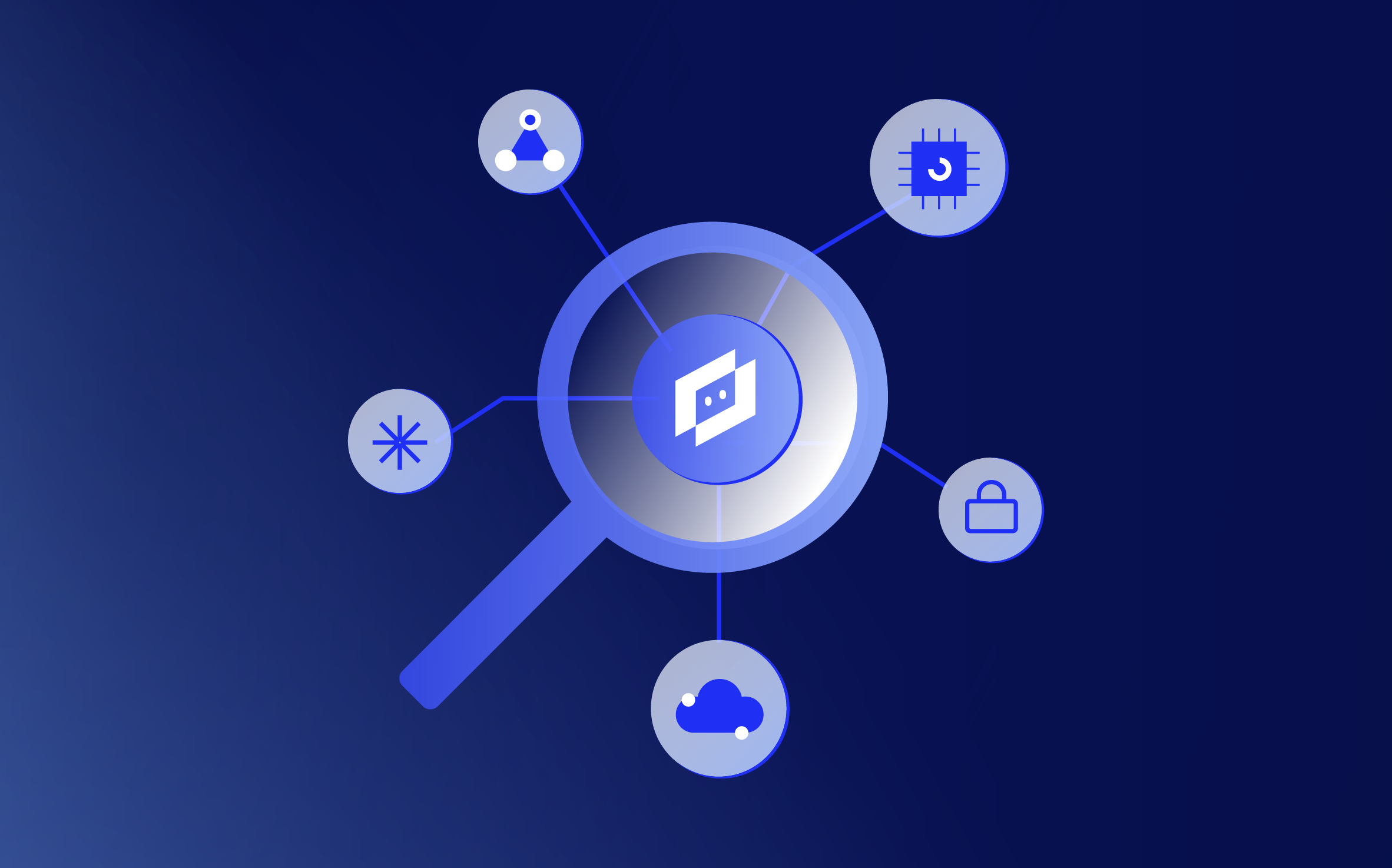AIOps strategy guide: How to achieve IT efficiency

LogicMonitor + Catchpoint: Enter the New Era of Autonomous IT

Proactively manage modern hybrid environments with predictive insights, intelligent automation, and full-stack observability.
Explore solutionsExplore our resource library for IT pros. Get expert guides, observability strategies, and real-world insights to power smarter, AI-driven operations.
Explore resourcesOur observability platform proactively delivers the insights and automation CIOs need to accelerate innovation.
About LogicMonitor
Get the latest blogs, whitepapers, eGuides, and more straight into your inbox.
Your video will begin shortly
IT operations are a constant juggling act. Too many tools, too much data, and not enough time to proactively avoid outages. But what if AI could not only streamline your tools but help you make sense of the chaos? That’s the power of AIOps.
To understand AIOps and its evolving landscape, one needs to grasp its basics and current trends.
AIOps stands for Artificial Intelligence (AI) for IT Operations. It is a set of AI-driven technologies designed to improve the efficiency and automation of IT operations.
AIOps is different from generative AI. Generative AI (GenAI) can generate text, images, or other media using generative models. Its applications range from chatbots to complex creations like art and music. Large Language Models (LLMs) are vital to GenAI. They, use massive datasets to understand, summarize, create, and predict new content.
Current AIOps trends show a shift to easier data accumulation. Both on-premise systems and cloud providers offer accessible REST APIs and open telemetry. This change lets enterprise IT teams get real-time insights from huge data lakes and IT tools. They leverage technologies like machine learning (ML), AI, natural language processing (NLP), and GenAI.
Choosing between custom DIY and off-the-shelf options has its own challenges. While open-source options are available, they may require longer periods (18-24 months) to show value, necessitating ongoing security and technology updates.
The AIOps hype cycle is in full swing. It reflects the growing focus on leveraging AI to improve IT operations and observability. To turn hype into reality, IT leaders need to address common pain points.
Addressing pain points in AIOps involves understanding the many challenges faced by IT teams and executives. IT teams are overwhelmed. Alert fatigue, constant context switching, and an overwhelming amount of data without actionable insights impact day-to-day operations and decrease efficiency.
For IT executives, the challenge is managing expectations. They have to do more with fewer resources. They must also use automation and efficiency to improve business availability and prevent negative publicity from service downtimes. Outdated manual workflows and tools make this even harder
Even with a tool migration, changing underlying IT processes is a culture shift. It demands extensive teamwork and reorientation, often proving more challenging than anticipated. This slows the path to desired efficiencies and business outcomes in AIOps.
The convergence of AIOps and hybrid observability represents a significant shift in addressing modern IT challenges. This convergence is essential because of how applications are built and monitored. It requires addressing streams, traces, and metrics from various sources. This is different from traditional observability tools—highlighting the need for diverse tools to serve both legacy and modern observability stacks.
AIOps tools once focused on alert data from various sources. But convergence changes everything. Think of it as a discovery engine for hybrid infrastructures. It gives full access to rich contexts for AI/ML models. This means being able to ‘see’ the devices, and how they are being deployed for deeper troubleshooting.
For example, understanding all aspects of a switch (model, location, firmware) is key, but so is the broader context. If it’s connected to an Amazon EC2 instance, knowing the application, owner, and environment (production or lab) is vital for management.
This convergence brings substantial business benefits. It speeds up troubleshooting during critical issues (P1 situations) and allows more efficient models to compress alerts in real-time. This significantly enhances IT operations’ responsiveness and effectiveness.
The key to a successful AIOps strategy is aligning it with your business goals. Here’s how to get started:
This holistic approach promotes collaboration. It avoids the pitfalls of siloed operations, leading to a more cohesive and effective IT environment.
LogicMonitor integrates AIOps strategies into its platform. This transforms IT environment monitoring and management. Its agentless, lightweight technology aggregates diverse telemetry into a unified system. This streamlines administration and enhances operational efficiency.
The platform uses AIOps to offer deep insights, showing a comprehensive, anomaly-focused resource view for proactive management. This allows for the early detection of potential issues and furnishes predictive insights, leading to timely resolutions.
LogicMonitor’s innovative alert system provides contextual information, fostering team efficiency and a collective understanding of deployment scenarios. These advancements reduce outage risks, expedite incident responses, and shift focus from reactive to strategic, innovative IT operations.
Discover how LogicMonitor can help. Download the “AIOps for Monitoring” eBook, or email [email protected] to get started with a free demo.
© LogicMonitor 2025 | All rights reserved. | All trademarks, trade names, service marks, and logos referenced herein belong to their respective companies.
